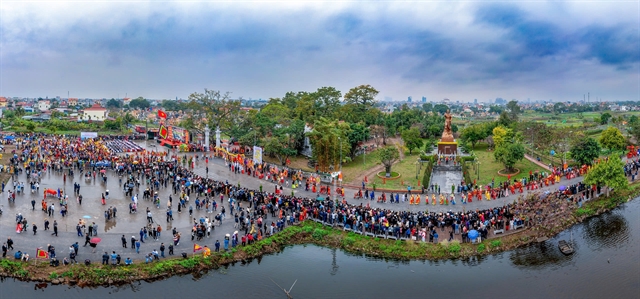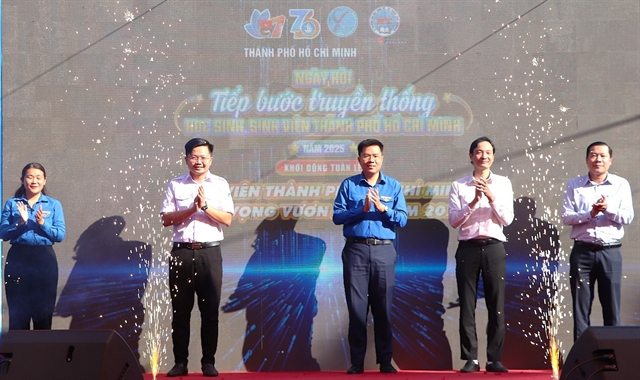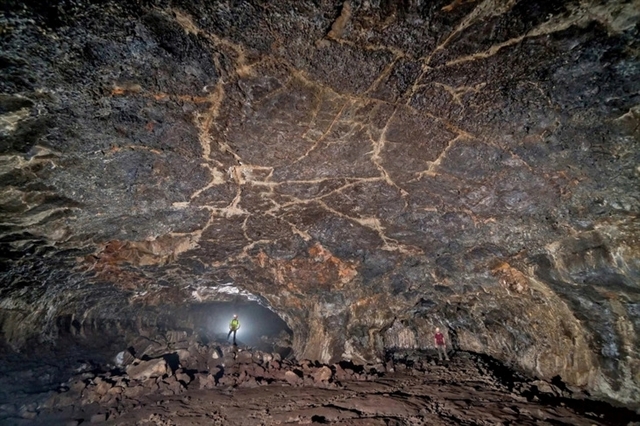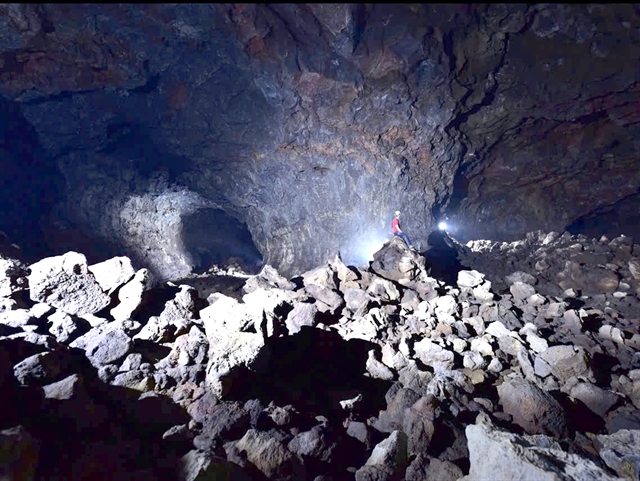 Life & Style
Life & Style

ĐẮK NÔNG The Krông Nô volcanic cave system in the Central Highlands province of Đắk Nông has been recognised as a national heritage site.
The designation, issued by the Ministry of Culture, Sports and Tourism, specifically applies to the C3-C4 cave.
 |
| C3 Cave belongs to the Krông Nô volcanic cave system. Photos courtesy of Đắk Nông Global Geopark |
Situated in Đắk Sô Commune, Krông Nô District, the Krông Nô volcanic cave system is regarded as one of the longest and most distinctive volcanic cave systems in Southeast Asia. It boasts remarkable geological, environmental and ecotourism significance.
Discovered by scientists in 2014, these underground volcanic caves – also known as lava tubes – were formed through volcanic activity in the area. Remarkably, the caves’ interiors remain largely intact. Scientific surveys of the cave system revealed evidence of habitation by prehistoric humans, dating back approximately 6,000 to 7,000 years.
 |
| The Krông Nô volcanic cave has recently been designated as a national heritage site by the Ministry of Culture, Sports and Tourism. |
Under the culture ministry’s decision, the protected heritage area will be clearly delineated on a map and supported by legal documentation. Local authorities are tasked with overseeing the management, conservation, and promotion of the site’s cultural and natural values, in accordance with heritage protection laws.
The Krông Nô volcanic caves are part of the Đắk Nông UNESCO Global Geopark, which spans over 4,700 square kilometres across six districts: Krông Nô, Cư Jut, Đắk Mil, Đắk Song, Đắk G’Long, and Gia Nghĩa.
The geopark encompasses 65 geological and geomorphological heritage sites, including nearly 50 caves with a total length exceeding 10,000 metres, as well as craters, waterfalls and a rich tropical forest ecosystem that is home to unique biodiversity.
This region also preserves diverse cultural, geological and natural features, along with traces of prehistoric activities. VNS